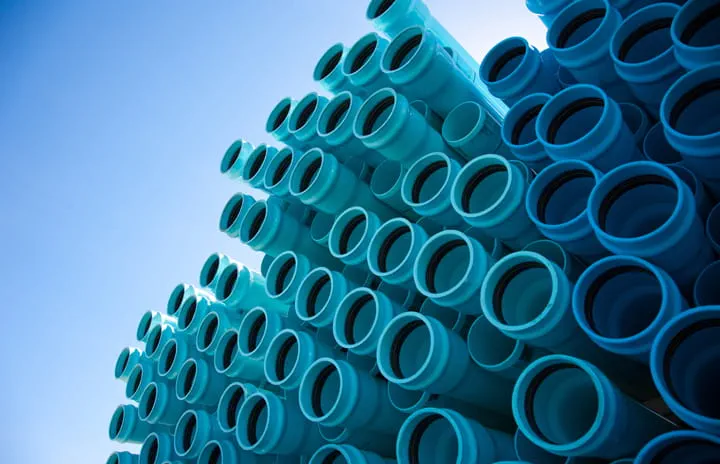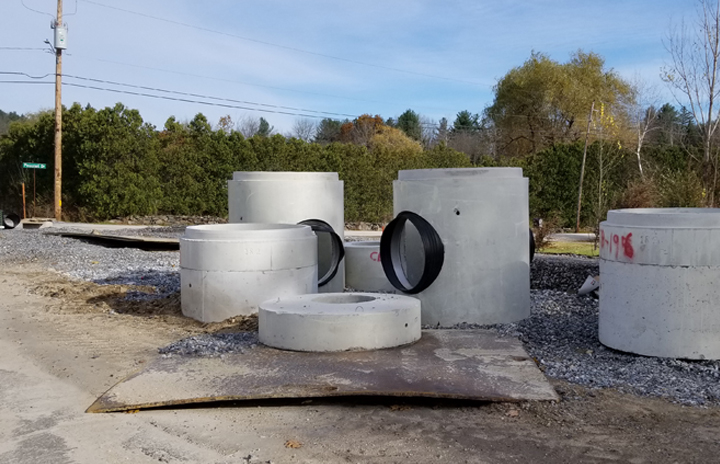Break the Skills Shortage Cycle

A growing population coupled with increasing urbanization are stretching aging water infrastructure to capacity.
Trelleborg looks at the implications of this for our industry and how suppliers are helping to ease the current skills gap with new technology, support and training.
Demand for water
In 2016, the world’s population reached an estimated 7.4 billion people. With the United Nations predicting overall global demand for water to increase by 55% by 2050 and population figures expected to rise further to 11.2 billion by 2100, the pressure on our existing infrastructure and the challenges this presents will continue unabated.
Yet across the globe, aging water and wastewater networks are causing the failure rates of pipes and inefficiency of networks to increase. This is due to critical water distribution and sewer infrastructure buried below ground approaching or exceeding its design life, and / or spend on substandard or non-certified products.
In some economies at least, there is a recognition that the ‘patch rather than fix’ mentality needs to change when planning for future water management. The emergence of smart water technologies and technological advancements in both materials and application knowledge has already begun to pave the way for operational improvements and efficiencies.
The skills gap
Whilst these developments are a positive, the industry is being held back by a large block in the system – a skills shortage and a lack of trained people entering the workforce. This is preventing the industry from maintaining the pace of change and capitalizing on new technologies.
A recent study by CIWEM/MATCHTECH [1] revealed the extent of the deficit, with 81% of employers seeing increased staff turnover and 70% saying skills shortages had resulted in a reduced ability to finish projects.
The existing workforce faces constant challenges and pressures to complete projects but a lack of support and training on new technologies and materials is resulting in an inability to use products and equipment correctly, ultimately leading to failure of systems on site and costly remedial work. Addressing these challenges with improved service offerings and product innovations that design-out human error and risk is essential and will make the industry attractive to new generations.
Working together
Trelleborg is a strong advocate of using technology to improve the provision of response rates and support. But with many onsite failures caused by a lack of knowledge on materials and how to install products, contractors need to involve the manufacturer at the design stage, to ensure they have the right method and products for their scope of application and get the support they need to correctly install and deliver the project to specification.
Manufacturers that can train operators how to use innovative systems – such as holistic no-dig pipe rehabilitation solutions - properly and professionally, will provide the industry with the skills they need to capitalize on new technologies. This should be backed up with a practical, hands-on approach to learning with in-house product testing and training to reduce installation errors when on site.
A smarter future
With water scarcity, reliability and security still a concern across the globe, demand for long lasting (50 years +) and reliable pipe networks is increasing. By making the most of new digital technologies, designing out human error and improving health and safety, the sector will become more attractive to new talent and ensure a better-quality infrastructure for all.
[1] The 2016 Water and Environment Skill Shortage research, produced by engineering recruitment firm Matchtech and the CIWEM (Chartered Institution for Water and Environmental Management)


